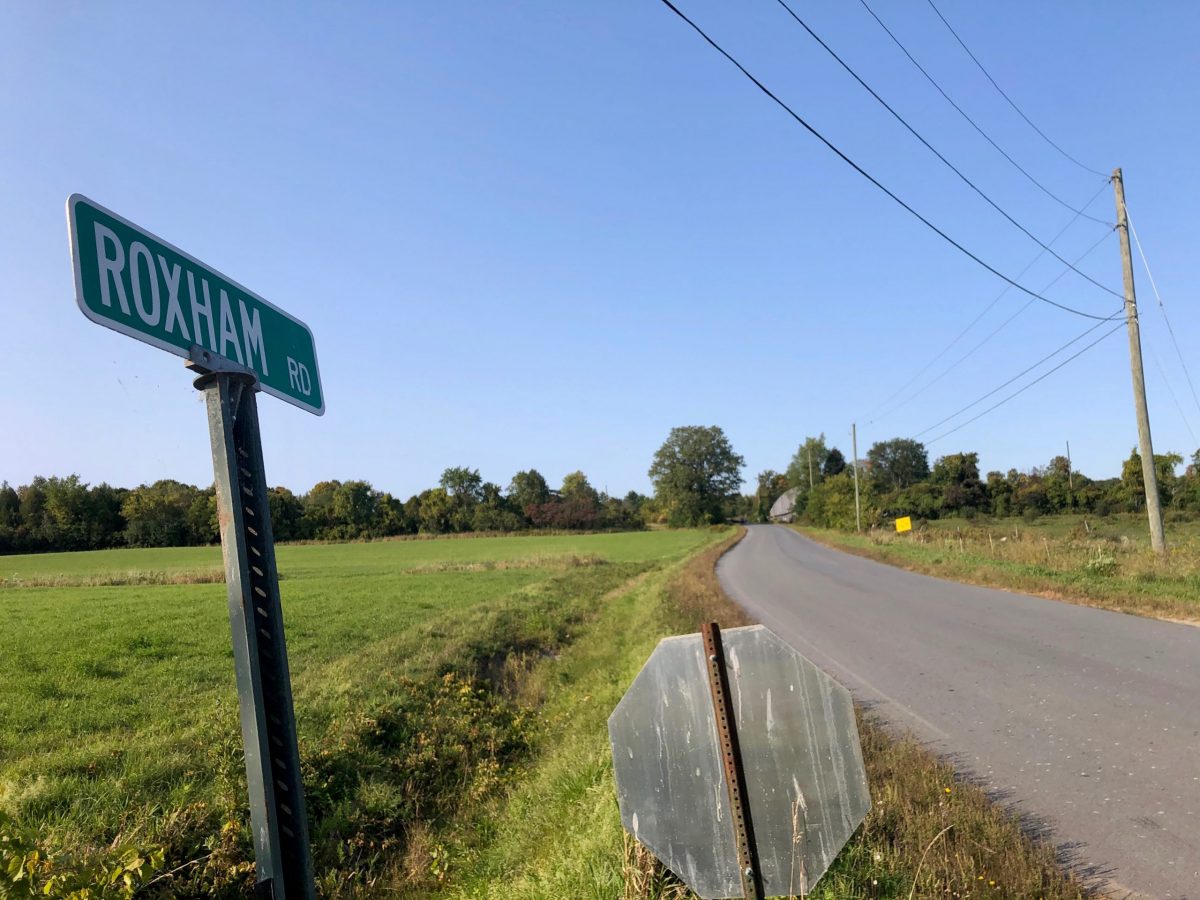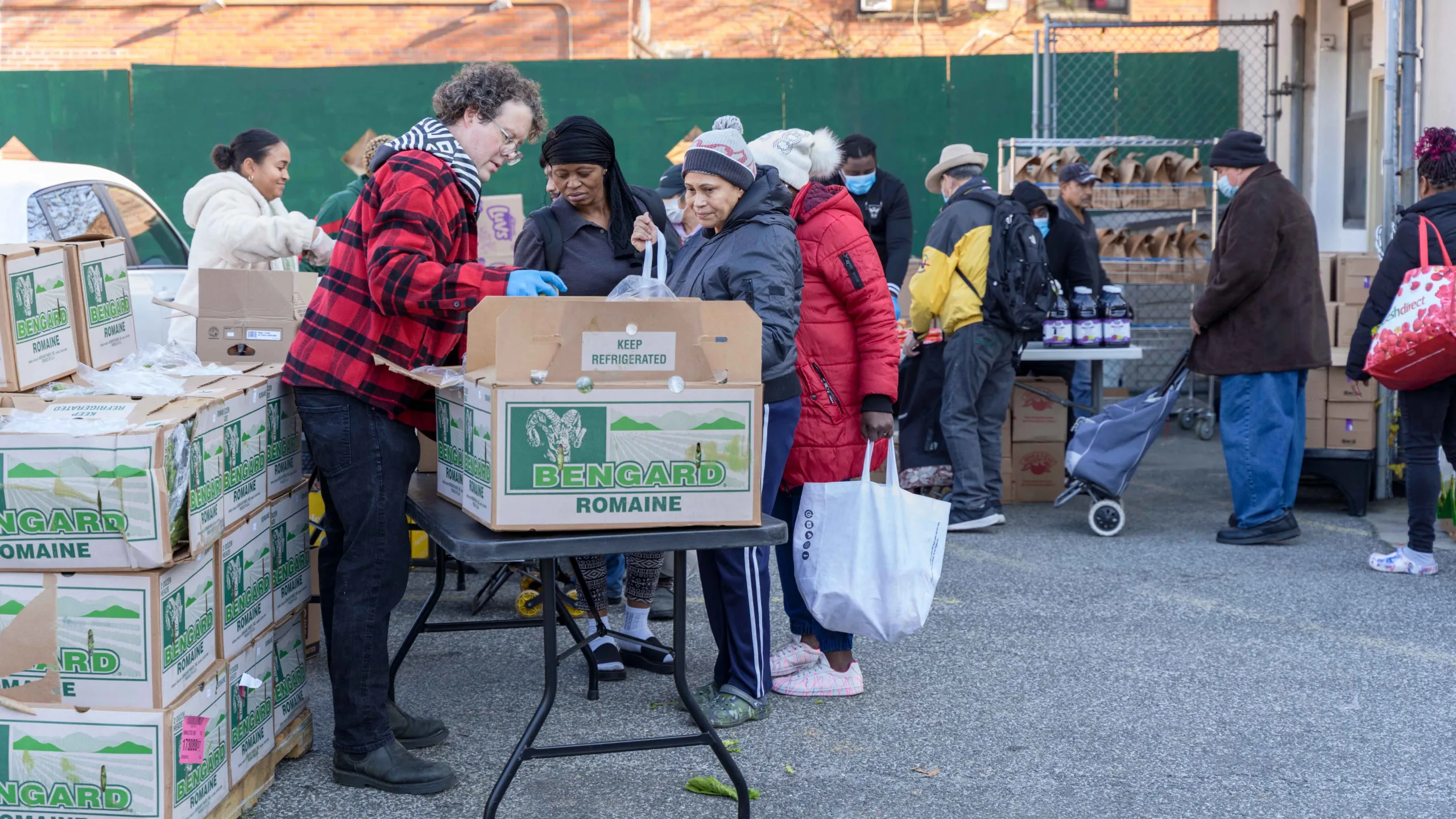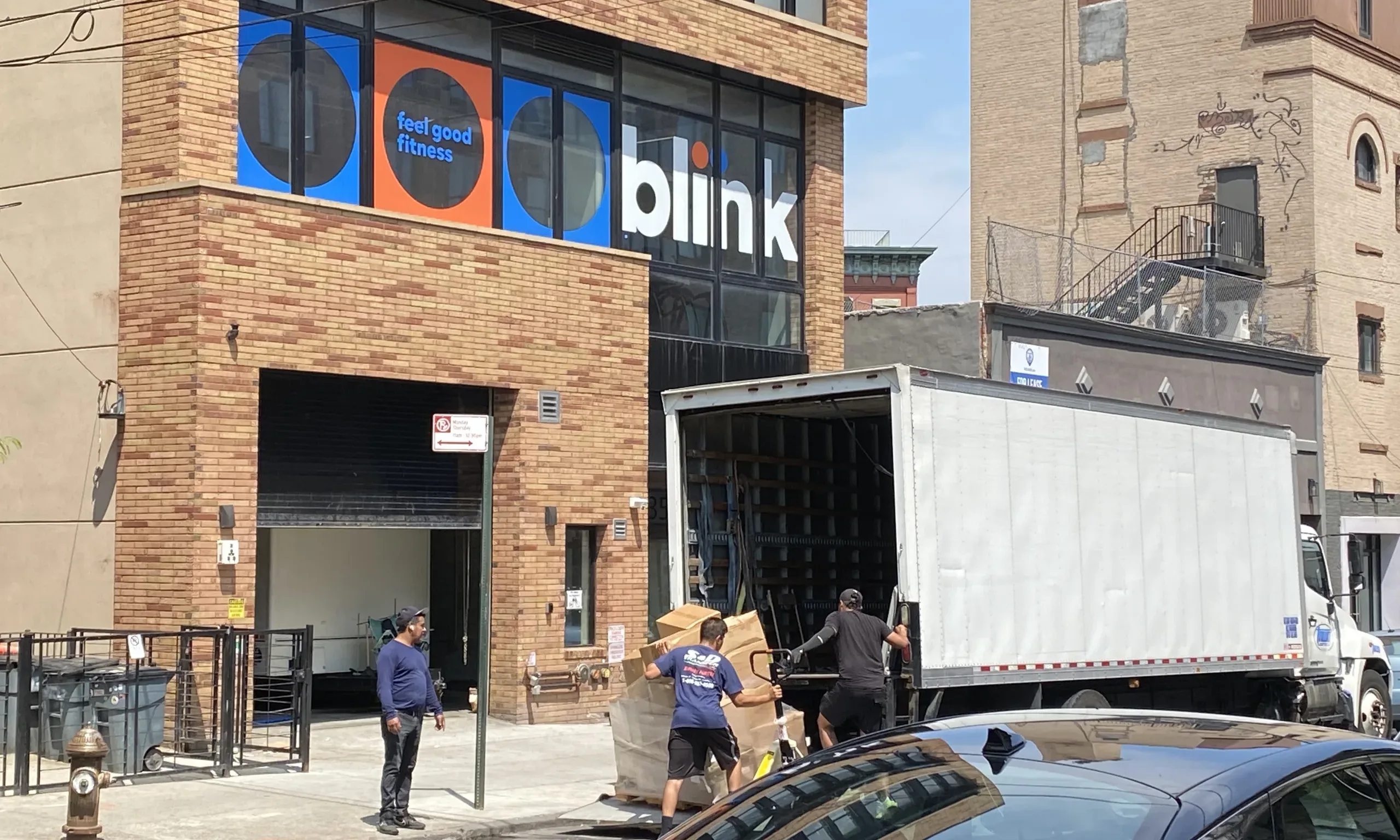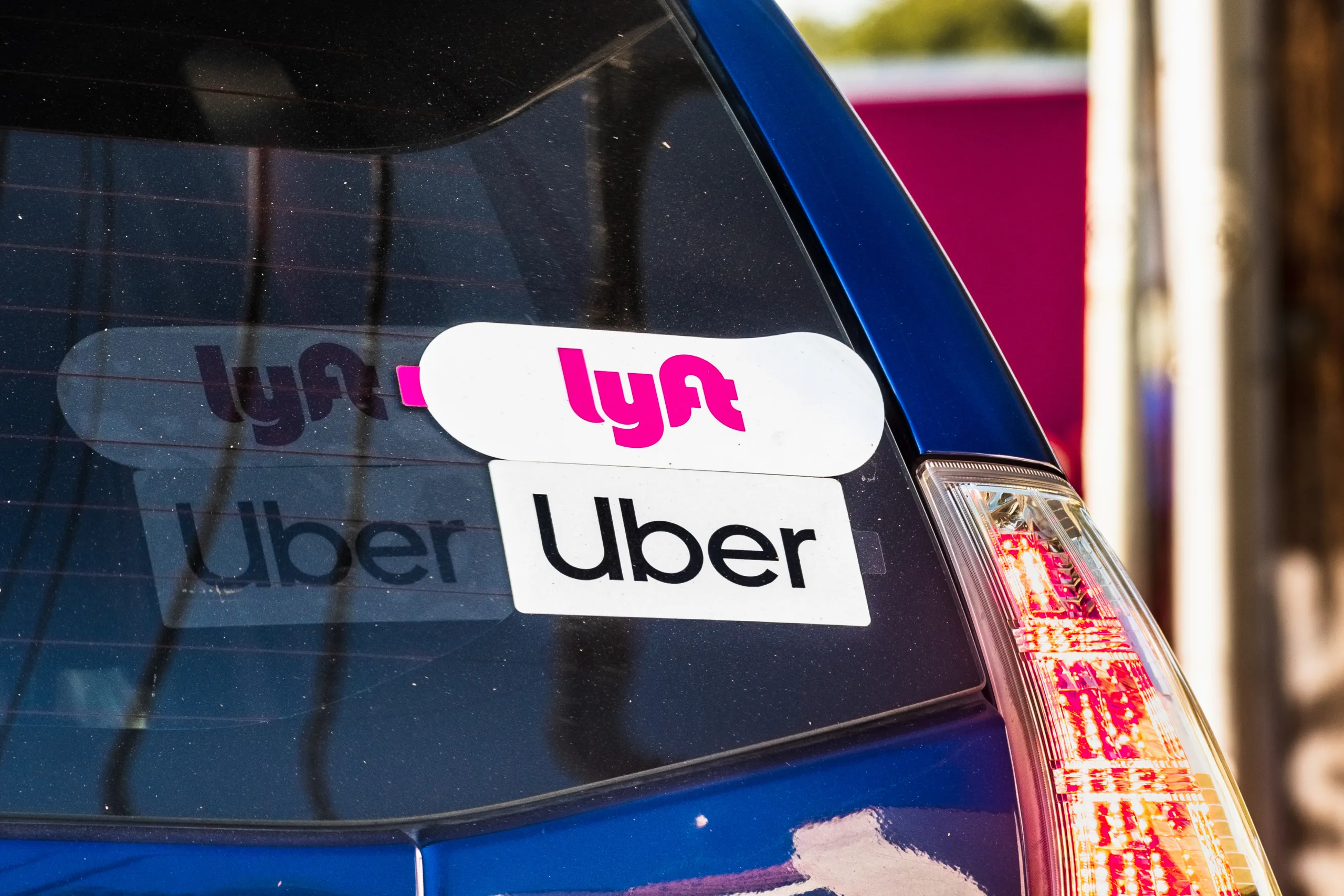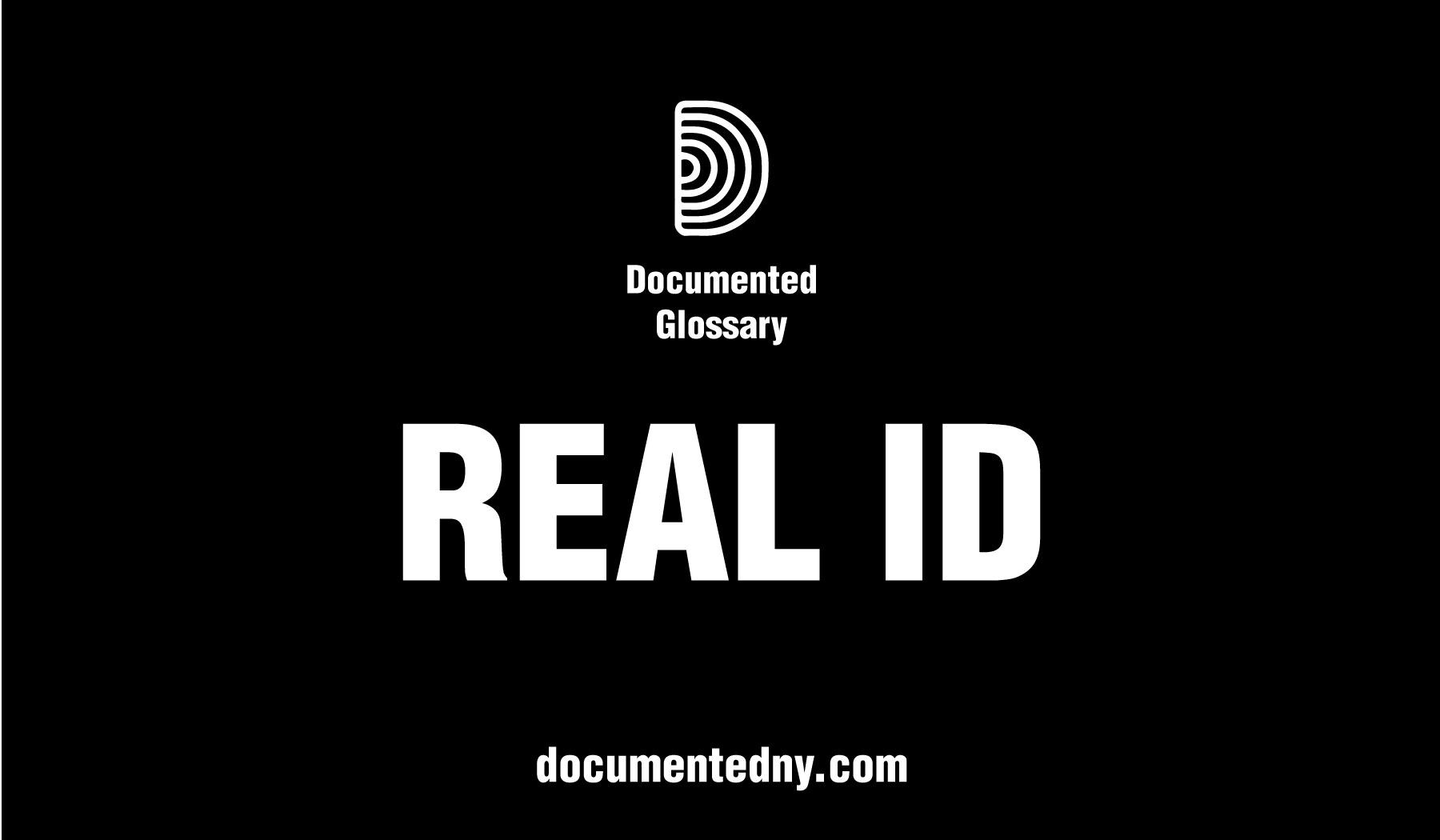
Editor’s Note: Over the past month, Documented looked back at the Trump administration’s immigration policies over the past four years and examining how they’ve impacted New Yorkers. Read all of our coverage here.
Janeth and her husband hadn’t gone out much in the five years that they had lived in the United States. But when they did, they would order Bandeja Paisa, a traditional dish of steaming rice, beans, and meat from their native Colombia.
It was September 2018, and they were in Pollos Mario, a small family style Colombian restaurant in Hackensack, New Jersey, the town where they lived. Just after her husband ordered the dish, Janeth overheard a conversation from the next table over that would change the course of her and her family’s lives.
A woman was talking about someone who had recently crossed a border. In a town whose population is 40% is foreign-born, that conversation was not uncommon. But she was speaking of a lesser known border: the one north of the United States leading to Canada.
Janeth tried not to stare at the other table as they chatted, but she hung off of each word the woman said, memorizing the name of an irregular border crossing point in upstate New York: Roxham Road.
A few months later, she and her five month old son would become two of over 50,000 people who have sought asylum in Canada since 2017 by walking across the small dirt path tucked between rural farmlands. Like many of them, Janeth was fleeing Donald Trump’s America.
A prison made of gold
Janeth knew fear. She and her husband’s lives were in grave danger in Colombia when they fled to the United States in 2013, and for that reason, they had both kept a low profile since arriving in the country.
“Living as an undocumented person in the US is like living in a prison made of gold,” she said. Janeth and her husband worked in New Jersey factories where they would manufacture everything from skincare products to ice cream sprinkles alongside undocumented immigrants from all over the world. “We really just lived going from our house to work, and from work to home. We tried to do whatever we could not to have any interactions with the police. Because going back to Colombia was simply not an option for us.”
But that day in the restaurant, she felt anxiety coupled with a new urgency. After fifteen years of trying to get pregnant, she finally had a baby, who sat happily in a booster seat as they ate. It was also the second year of Donald Trump’s presidency.
“I saw so many things on TV, the way children were being taken away from their mothers. I felt so much fear. I didn’t work this hard to have a baby for someone to come and take it away from me.”
She speaks quickly, remembering each detail of the hundreds of worst-case-scenarios that she had methodically thought through: How much time would it take for her to get deported? What if she had to go without her son? Would he be put up for adoption?
“There are things in life that you don’t realize you are capable of doing until you become a mother. Becoming a mother instilled in me enough fear, and enough strength to do what I had to do for my child.”
A crossing of worlds
The journey to Roxham Road snakes through cornfields lined with droopy American flags that hang from utility poles. The road lies just beyond a dairy farm with a bright red barn and sloughs of hay. It is a country lane, like any other, marked with a small sign, and a larger one just beyond it that announces DEAD END.
Since 2017, Roxham Road has drawn asylum seekers and refugees from all over the world. The number of asylum seekers crossing into Canada began to rise when Donald Trump assumed office in January 2017. A massive spike of Haitian asylum seekers followed later that year when the president decided not to extend their Temporary Protected Status (TPS).
Also Read: How Trump’s War on Sanctuary Cities Affected Immigrants
Residents of the overwhelmingly white and otherwise sleepy farming town of Champlain, New York, began to see things they had never seen before. One resident recalled a young woman with a baby on her back knocking on her door in the middle of the night, asking to use a phone. Another remembered seeing families with no jackets lugging suitcases through the snow as they walked north towards the border in sub-zero temperatures.
Despite this uptick of border crossers at Roxham Road–which researchers largely attribute to word of mouth between migrants–the unofficial port of entry has existed for years as a result of a 2004 treaty between the US and Canada called the Safe Third Country Agreement (STCA). Under this guideline, people seeking asylum can only do so in the country that they first entered into. This means that those who arrive in the United States but wish to undergo the asylum process in Canada must enter Canada at an unofficial port of entry.
“Un salto al vacío”
“I felt like I was dreaming. I kept asking myself, am I really doing this? Is this real?”
Janeth and her husband had left New Jersey at 4 a.m. on November 9th, 2018. As they reached Plattsburgh, New York, the sun was rising. As her husband drove, she looked at her son–three days earlier he turned six months old.
“I thought to myself, ‘this moment could change my child’s future, for better or for worse.”
She said goodbye to her husband at the Greyhound station where, as she had seen online, there were drivers waiting shuttle migrants to the remote border crossing. As asylum seekers began showing up at the Plattsburgh Greyhound and Amtrak stations, a new cottage industry of local taxis had emerged.
She started to cry. The taxi driver was prepared, having seen this many times in his trips back and forth to Roxham Road. He began translating words of encouragement into Spanish using a tablet that he had at the ready.
“It’s an unexplainable moment: somewhere between fear and panic. I started to wonder if I was dreaming, and at some moment I would wake up. It’s a mix of such strong emotions. It was like jumping into the unknown.”
Also Read: A Family Trip Turned Into an Immigration Nightmare
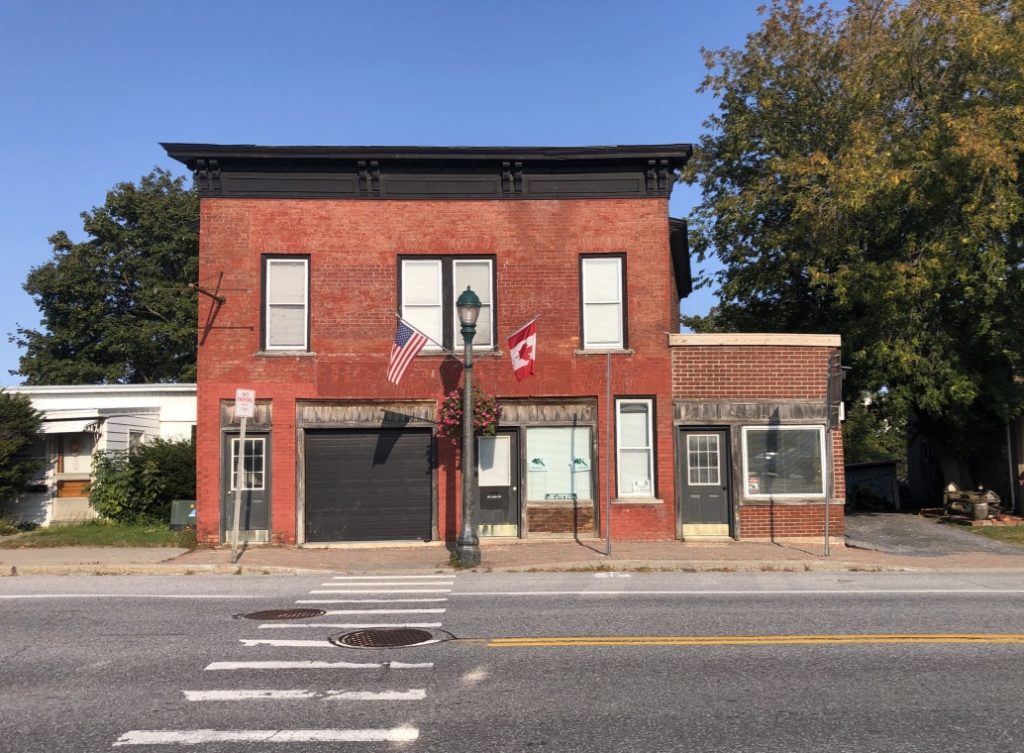
Painful journeys
While there is no official way of knowing how many asylum seekers have fled the United States through Roxham Road, research conducted by the Migration Policy institute suggests that around 40% of people who cross there have lived extensive periods of time in the U.S., and leave for reasons directly tied to U.S. immigration policies.
For asylum seekers who came to the United States fleeing violence, the actions of Immigration and Customs Enforcement (ICE) are all too familiar.
“From the minute Trump was elected, we all began to panic, because we knew what was coming,” said one grandmother whose asylum claim had recently been approved in Canada. She had fled to the U.S. with her family of nine after they started receiving death threats from the guerrillas in their home country of Colombia. Soon after Trump came into office, her nephew was deported when ICE agents showed up at the printing press where he worked in New Jersey.
“That was when the persecution started– that’s what I call it– the persecution of president Trump. It was horrible, and it continues to be horrible in the U.S.,” she said.
While for some Roxham Road is a car ride away from the country they have called home for decades, for others it is the end of a multi-continent journey.
“You don’t just get here in a blink of an eye.” said Maria, a social worker who was granted asylum in Canada in 2004, after waiting unsuccessfully for 10 years for her claim to be approved in the U.S. She now works in the shelter system helping recently-arrived immigrants transition into a new life. “Many people come here after crossing many borders. Some people’s journey is months long, or even years. People fly from Africa to Brazil and walk all of South America, through Panama, and eventually through Mexico. These are painful journeys. ”
“Safe country” for who?
This July, Canadian Federal Court Judge Ann Marie McDonald ruled that the Safe Third Country Agreement was invalid on the grounds that it violated fundamental human rights. The decision states “the immediate consequence to ineligible STCA claimants is that they will be imprisoned solely for having attempted to make a refugee claim in Canada.”
This landmark ruling backs up what immigrants and advocates have been arguing for years: the United States can no longer be considered a “safe country” for asylum seekers.
A few months after Justice McDonald’s decision was announced, the Canadian government filed a notice of appeal, and brought a motion to stay the decision and expedite the hearing of the appeal, which the Federal Court of Appeal granted last week. If the STCA is overturned, it would formalize the asylum process by allowing refugee claimants to present themselves at official ports of entry along the US-Canada border, effectively eliminating irregular crossings like Roxham Road. As the law currently stands, asylum seekers who present themselves at official ports of entry run the risk of being turned over to U.S. immigration authorities and placed in the detention system– something the ruling says violates the section of the Canadian charter that guarantees “the right to life, liberty and security of the person.”
Also Read: How the Immigration Courts Malfunctioned: What We Saw
Janeth received notice in the mail that her family’s asylum case had been approved this past July, although her case is not the norm for all border crossers. According to the Refugee Board of Canada, of the 58,625 irregular border crossers who have made asylum claims in Canada since 2017, roughly 14,944 have been accepted, 12,021 have been rejected, while 29,385 are pending a decision.
In Canada, Janeth dreams of learning English and opening a bakery. She doesn’t plan on telling her son very many details of her family’s journey to Canada
TestPost3
If he does ask, she says, “I’ll just tell him ‘I did this for you.’”
Also Read: ICE Filed Over 100,000 New Cases and Clogged the Courts at the Peak of the Pandemic
Due to the Covid-19 pandemic, the US-Canadian border is currently closed and all regular and irregular crossings into Canada have been halted. Advocates strongly advise against trying to cross into Canada at Roxham Road at this time, as they will likely be turned over to US Immigration and Customs officials for deportation.
